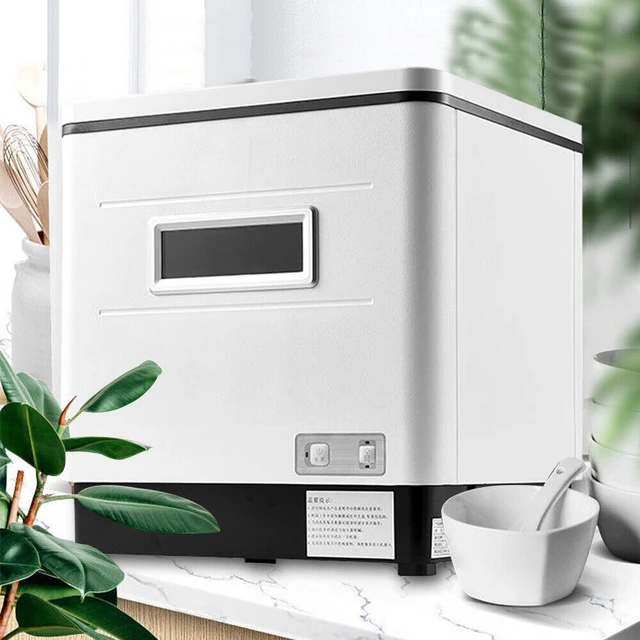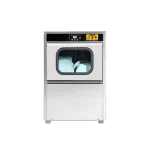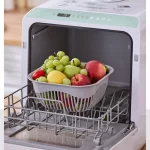Introduction
Experiencing drying problems with your GE dishwasher can be frustrating, as it can result in wet dishes and the need for additional drying time. To address this issue effectively, it is important to identify the underlying cause or causes of the problem. In this guide, we will provide a comprehensive overview of the potential factors that can contribute to drying problems in a GE dishwasher. By examining various components, settings, and maintenance considerations, you can troubleshoot and identify the cause of the issue, allowing for appropriate solutions and improved drying performance.

How do I know what is causing GE dishwasher drying problem?
Understanding Dishwasher Drying Problems
1.1. Common Symptoms
Drying problems in a GE dishwasher can manifest in several ways. Wet dishes, water droplets, or condensation on the interior of the dishwasher after a cycle are common signs of inadequate drying. Additionally, spotting, streaking, or cloudiness on glassware and utensils can indicate drying issues.
1.2. Importance of Drying Performance
Effective drying is crucial for both hygiene and aesthetic purposes. Properly dried dishes prevent water spots, reduce the risk of bacterial growth, and contribute to a polished appearance. Identifying and resolving drying problems in your GE dishwasher helps ensure that dishes are ready for immediate use or storage.
Potential Causes of Drying Problems
2.1. Incorrect Dishwasher Settings
Incorrect settings on the dishwasher can affect drying performance. Ensure that you have selected the appropriate drying cycle or option for your specific needs. Some models offer multiple options, including heat drying, air drying, or a combination of both. Choosing the wrong setting can result in inadequate drying.

2.2. Insufficient Rinse Aid
Rinse aid plays a crucial role in facilitating the drying process by reducing water droplet formation and promoting water sheeting. If the rinse aid reservoir is empty or the rinse aid dosage is set too low, it can contribute to poor drying performance. Check the rinse aid level and adjust the dosage as needed.
2.3. Loading Issues
Improper loading practices can obstruct proper water circulation and hinder drying. Overcrowding the dishwasher, blocking vents or spray arms, or placing dishes too close together can impede airflow and prevent optimal drying. Ensure that dishes are loaded with enough space between them to promote proper airflow and water distribution.
2.4. Water Temperature and Supply
Water temperature plays a significant role in the drying process. A dishwasher connected to a cold water supply may struggle to achieve effective drying. Verify that your GE dishwasher is connected to a hot water supply and that the water temperature is appropriate for optimal drying performance.
2.5. Heat Element Malfunction
In dishwashers with heat drying capabilities, a malfunctioning heat element can contribute to drying problems. A faulty element may not produce enough heat to effectively dry the dishes. Inspect the heat element for signs of damage or malfunction and consult a qualified technician for repair or replacement if necessary.
2.6. Clogged or Damaged Vent
The vent in your GE dishwasher is responsible for expelling moisture during the drying process. A clogged or damaged vent can obstruct the proper release of moisture, resulting in poor drying performance. Check the vent for any blockages or signs of damage and address accordingly.
2.7. Insufficient Air Circulation
Proper air circulation is essential for achieving effective drying. Blocked or obstructed air vents can limit the flow of air within the dishwasher, impeding the drying process. Ensure that air vents are clear and unobstructed to promote adequate airflow and drying.
2.8. Hard Water Deposits
Mineral deposits from hard water can accumulate in the dishwasher, particularly in areas with high mineral content in the water supply. These deposits can interfere with the drying process and result in poor drying performance. Consider using a dishwasher cleaner or descaler to remove hard water deposits and improve drying results.
Troubleshooting and Identifying the Cause
3.1. Check Dishwasher Settings
Start by reviewing the dishwasher settings and ensuring that the correct drying cycle or option is selected. Consult the owner’s manual or GE’s website for detailed instructions on selecting the appropriate drying setting for your specific dishwasher model.
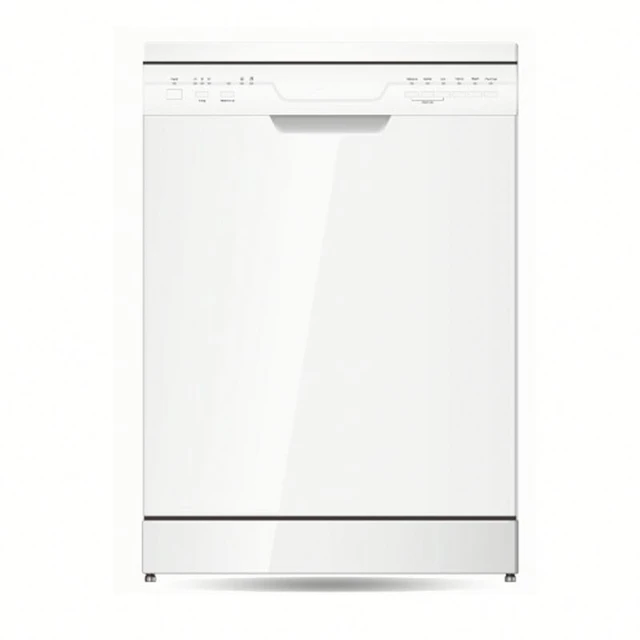
3.2. Verify Rinse Aid Usage
Check the rinse aid compartment in your GE dishwasher and ensure that it is filled with an appropriate rinse aid solution. If necessary, adjust the rinse aid dosage setting to the recommended level. Ensure that the rinse aid reservoir is not empty, as this can contribute to inadequate drying.
3.3. Evaluate Loading Practices
Inspect the dishwasher load and configuration to ensure that dishes are properly spaced and loaded to allow for adequate airflow and water circulation. Avoid overcrowding and blocking vents or spray arms. Make any necessary adjustments to promote optimal drying conditions.
3.4. Assess Water Temperature and Supply
Verify that your GE dishwasher is connected to a hot water supply and that the water temperature is adequate. Check the hot water settings and adjust if necessary. Hotter water temperatures can aid in the drying process, so it is essential to ensure that the dishwasher is receiving sufficiently hot water.
3.5. Examine Heat Element and Vent
Inspect the heat element for any signs of damage or malfunction. Look for discoloration, cracks, or breaks in the element. Similarly, check the vent for any blockages or damage that may impede the release of moisture. If issues are identified, consult a qualified technician for repair or replacement.
3.6. Clear Air Vents
Ensure that air vents within the dishwasher are clear and unobstructed. Remove any debris, food particles, or other obstructions that may be blocking the vents. This allows for proper airflow and promotes effective drying.
3.7. Address Hard Water Deposits
If you suspect hard water deposits are affecting drying performance, consider using a dishwasher cleaner or descaler specifically designed to remove mineral buildup. Follow the instructions on the product and repeat the process as recommended for optimal results.
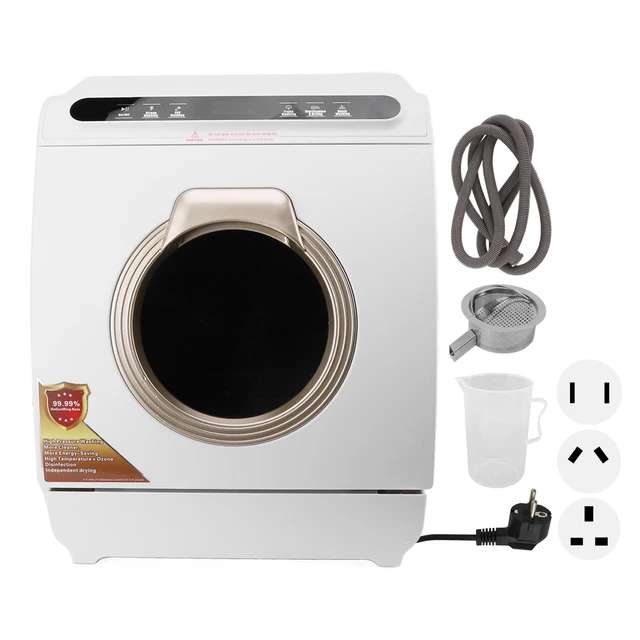
Professional Assistance
4.1. Consult GE Customer Support
If you have followed the troubleshooting steps and continue to experience drying problems with your GE dishwasher, it may be necessary to seek assistance from GE’s customer support. Contact their customer service department or visit their website for further guidance and support.
4.2. Schedule a Service Call
If all troubleshooting attempts prove unsuccessful, it is advisable to schedule a service call with a qualified technician. A professional can diagnose and address any underlying issues affecting the drying performance of your GE dishwasher, ensuring that it is functioning optimally.

Conclusion
Identifying and resolving drying problems in your GE dishwasher requires a systematic approach to troubleshooting. By considering factors such as dishwasher settings, rinse aid usage, loading practices, water temperature, heat element, vent condition, air circulation, and hard water deposits, you can successfully identify the cause of the drying problem. Following the appropriate troubleshooting steps and seeking professional assistance when needed will lead to improved drying performance and ensure that your GE dishwasher effectively dries your dishes for optimal hygiene and aesthetics.
